Handwriting practice Normal Letter Recognition Worksheets for Ages 4-6
23 filtered results
-
From - To
Looking to boost your child's handwriting skills? Our Handwriting Practice Normal Letter Recognition Worksheets for Ages 4-6 are the perfect solution! Specially designed for early learners, these worksheets help children master letter formation and recognition through engaging, age-appropriate activities. Each page focuses on a different letter of the alphabet, allowing kids to trace, write, and identify letters in a fun and educational way. Ideal for preschool and kindergarten students, these worksheets foster essential literacy skills and set a strong foundation for future academic success. Start your child's handwriting journey today with our expertly crafted worksheets!
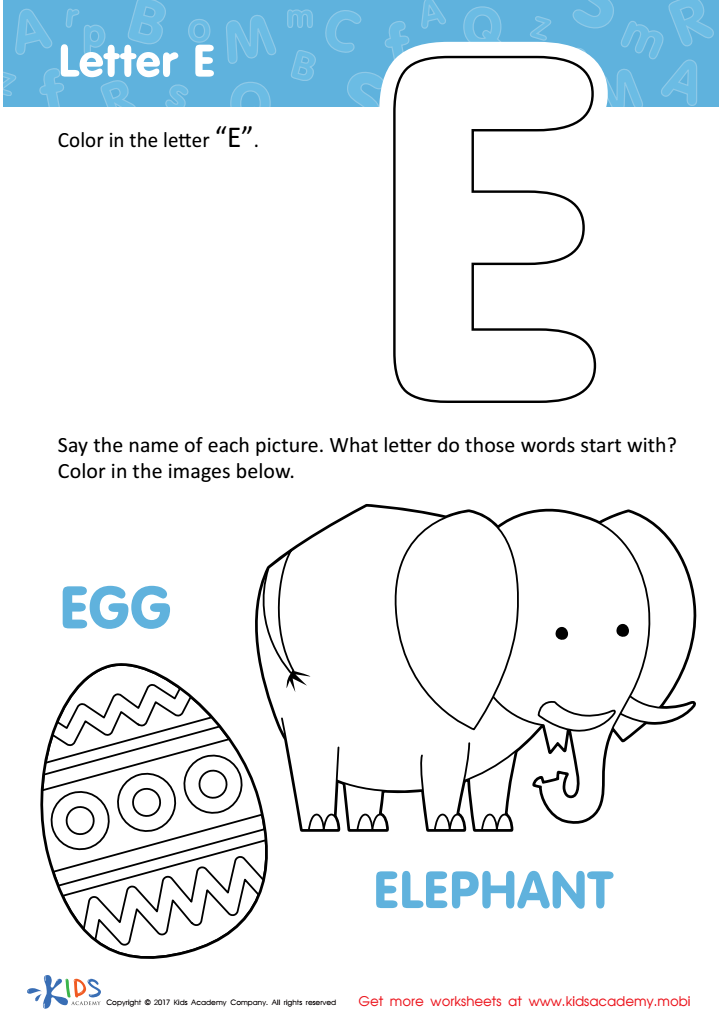

Letter E Coloring Sheet
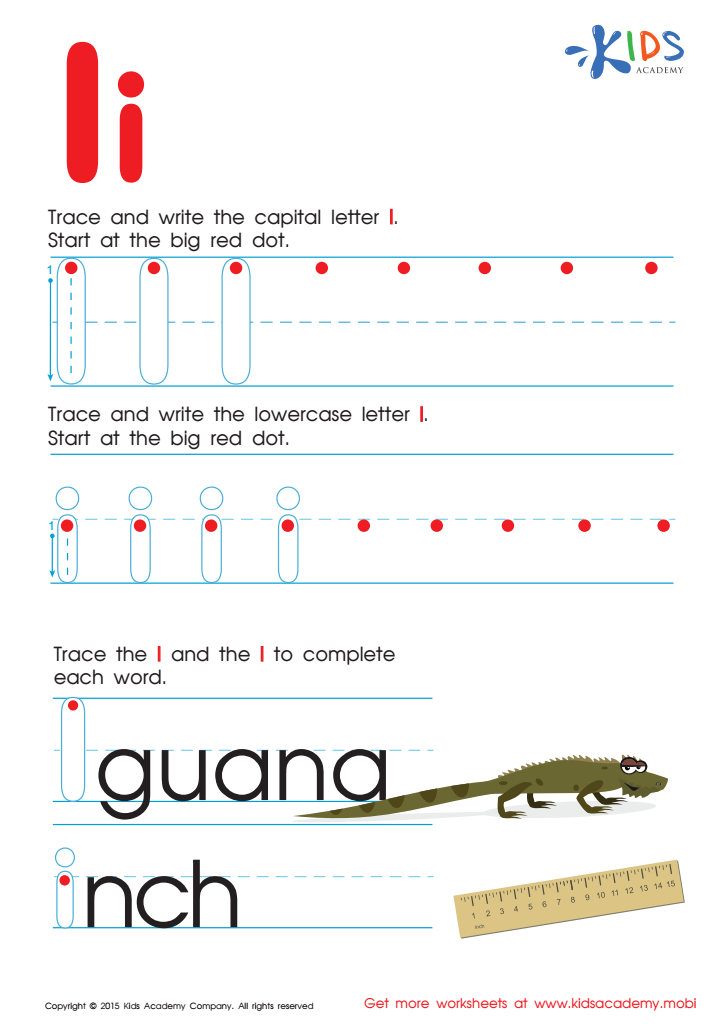

Letter I Tracing Page
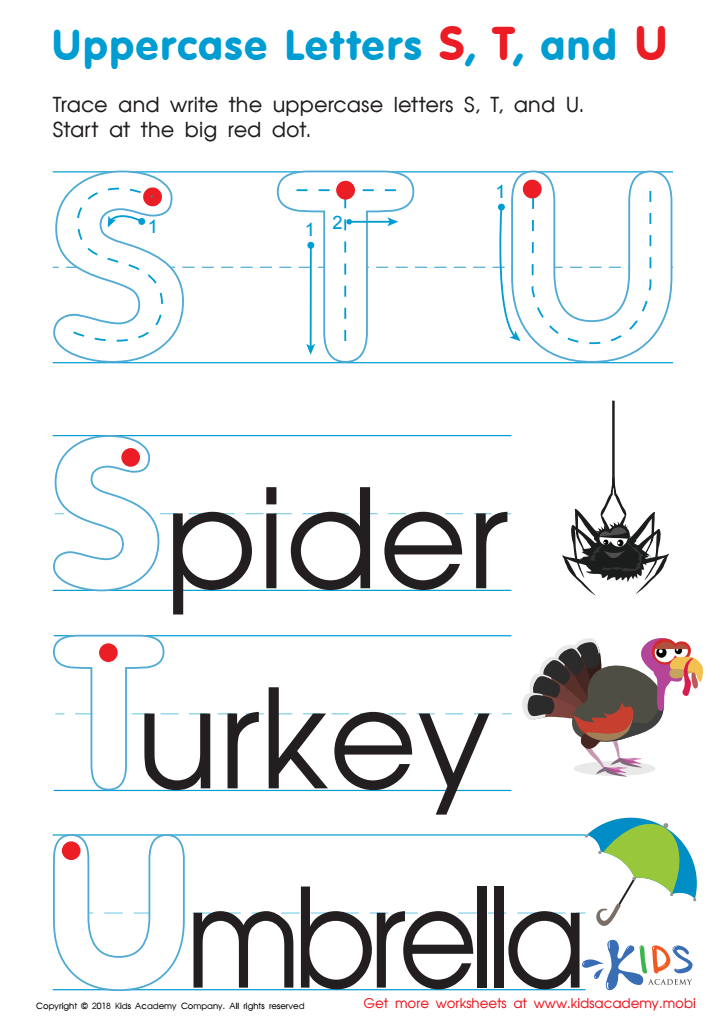

Uppercase Letters S, T, and U Worksheet
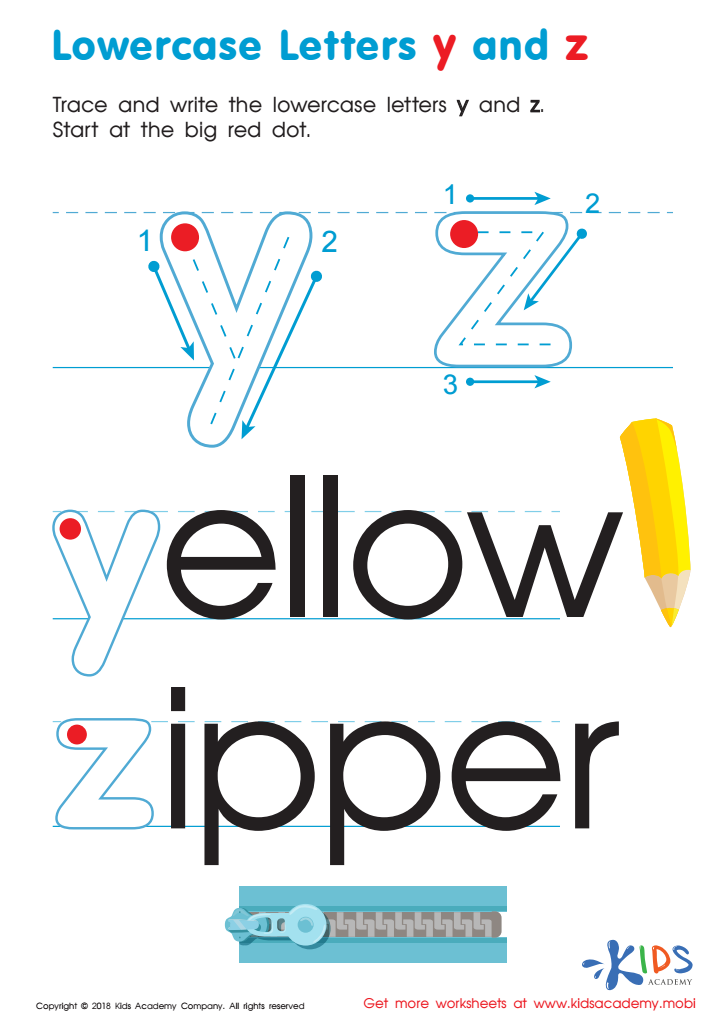

Lowercase Letters y z Worksheet
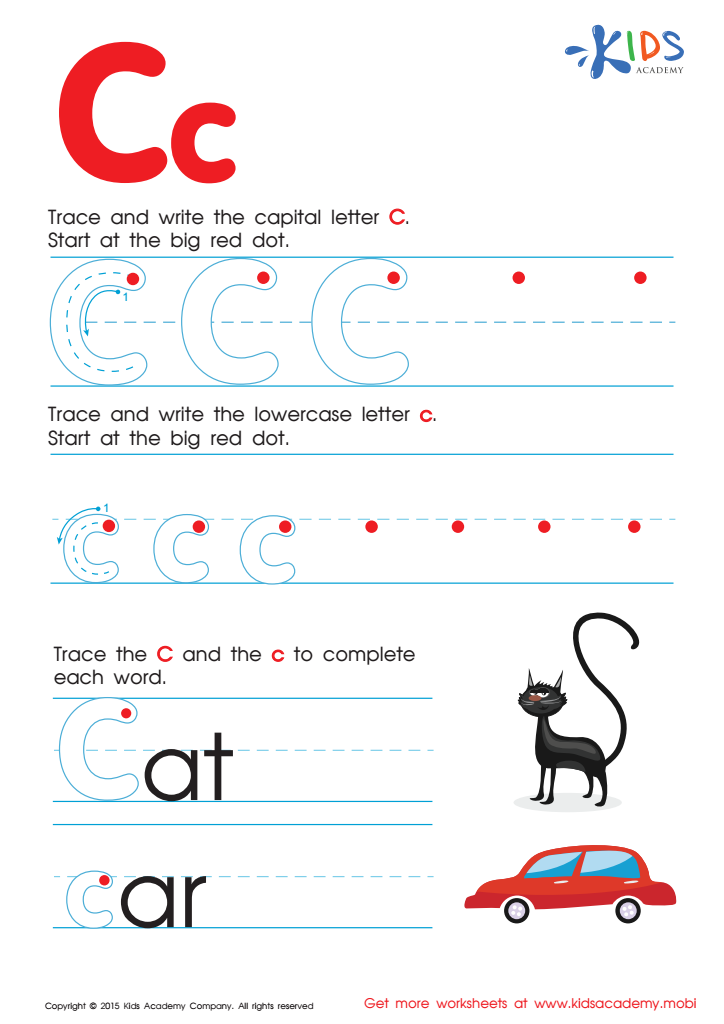

Letter C Tracing Page


Letter G Tracing Page


Letter D Coloring Sheet
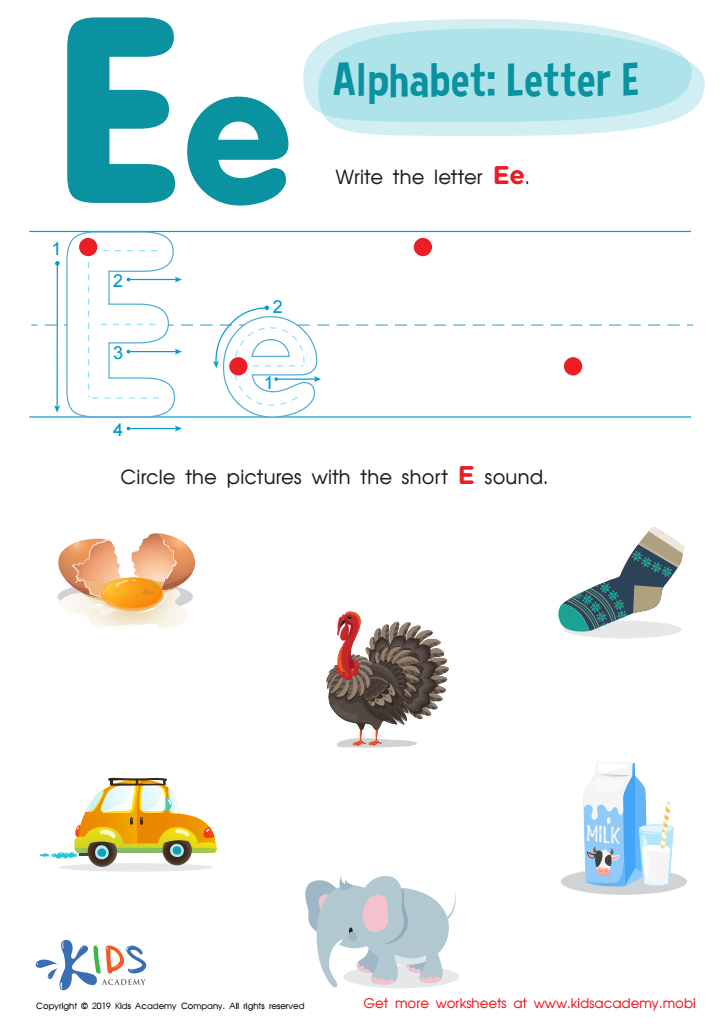

Letter E Tracing Worksheet
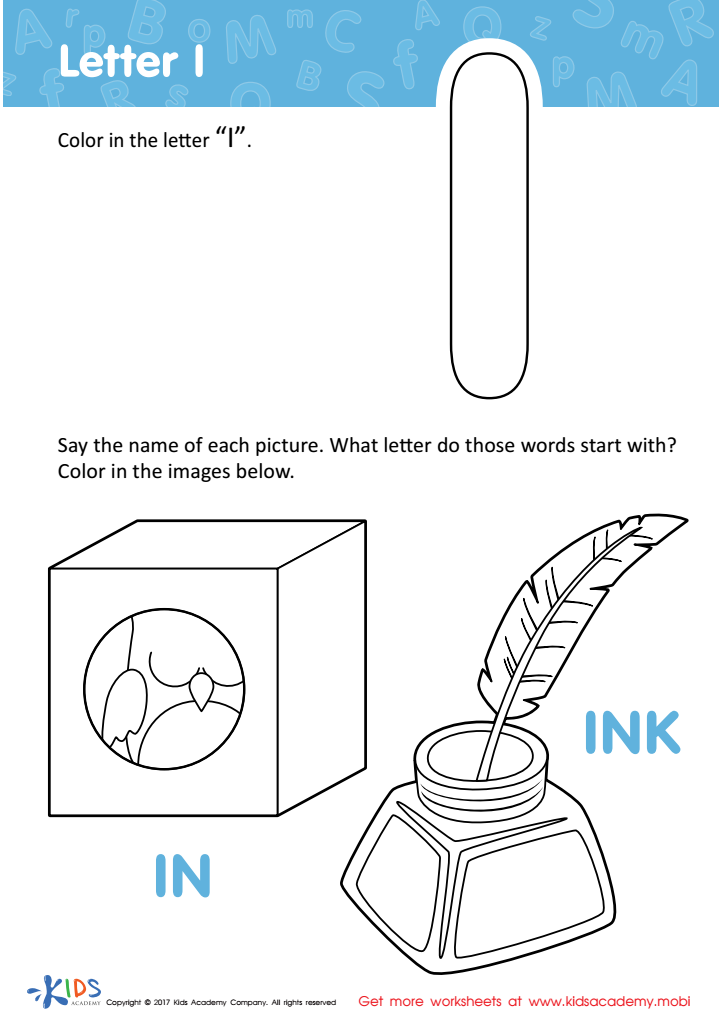

Letter I Coloring Sheet
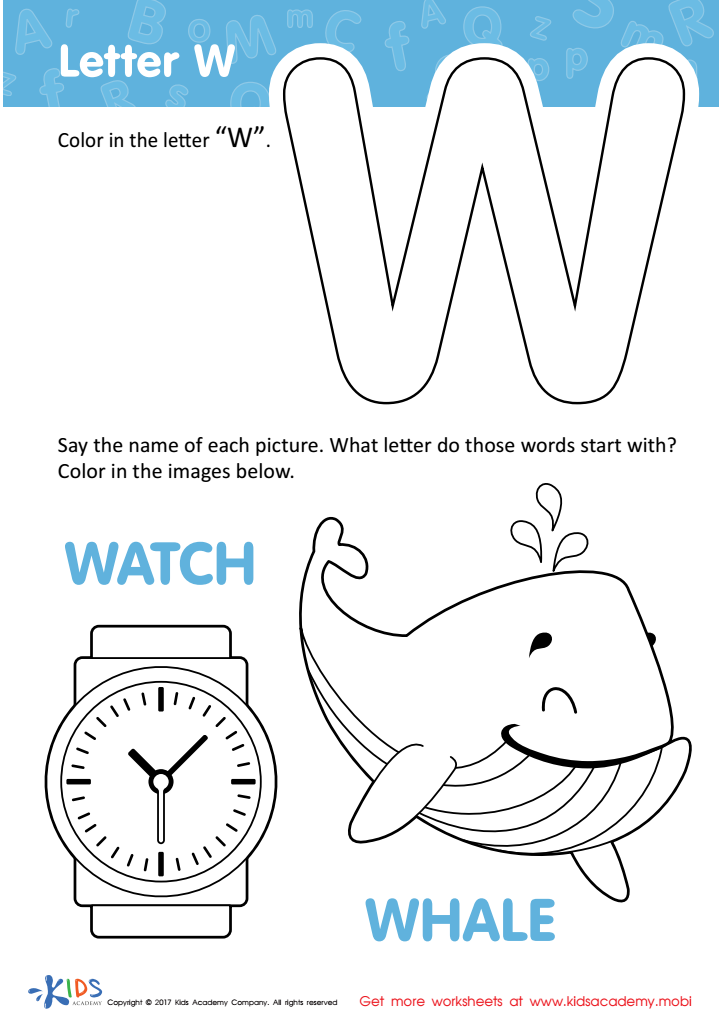

Letter W Coloring Sheet
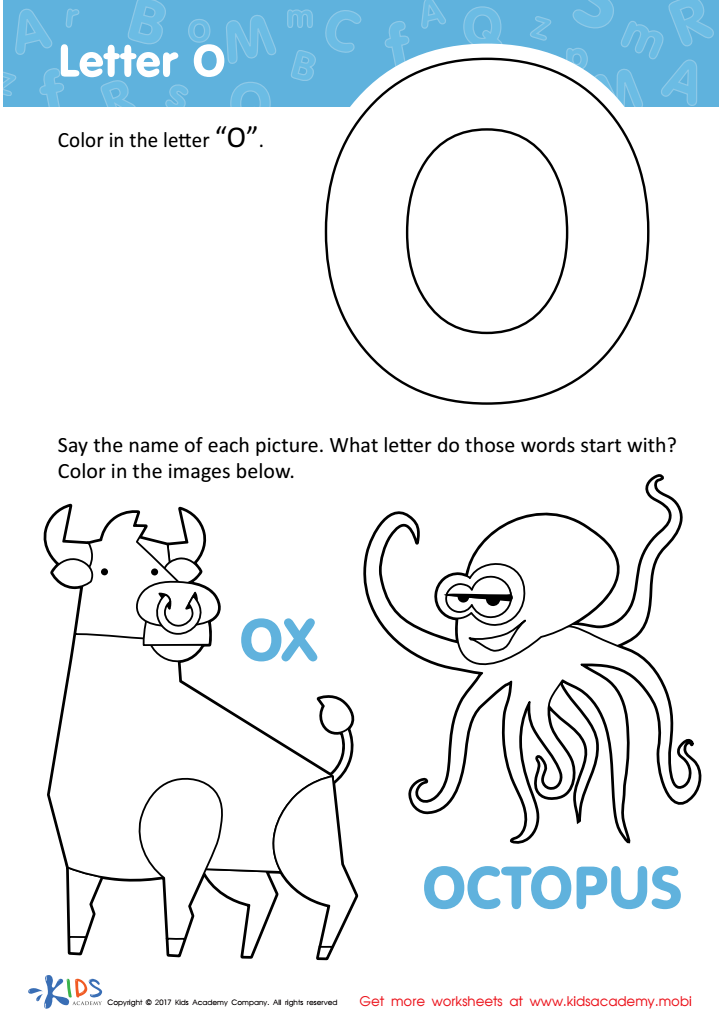

Letter O Coloring Sheet
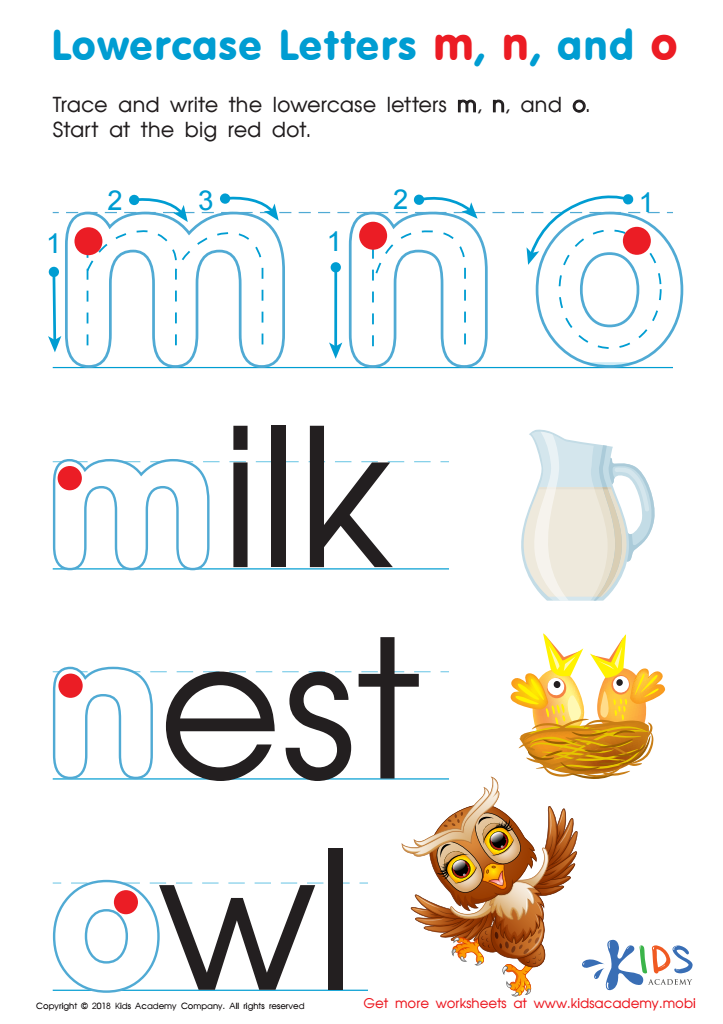

Lowercase Letters m n o Worksheet
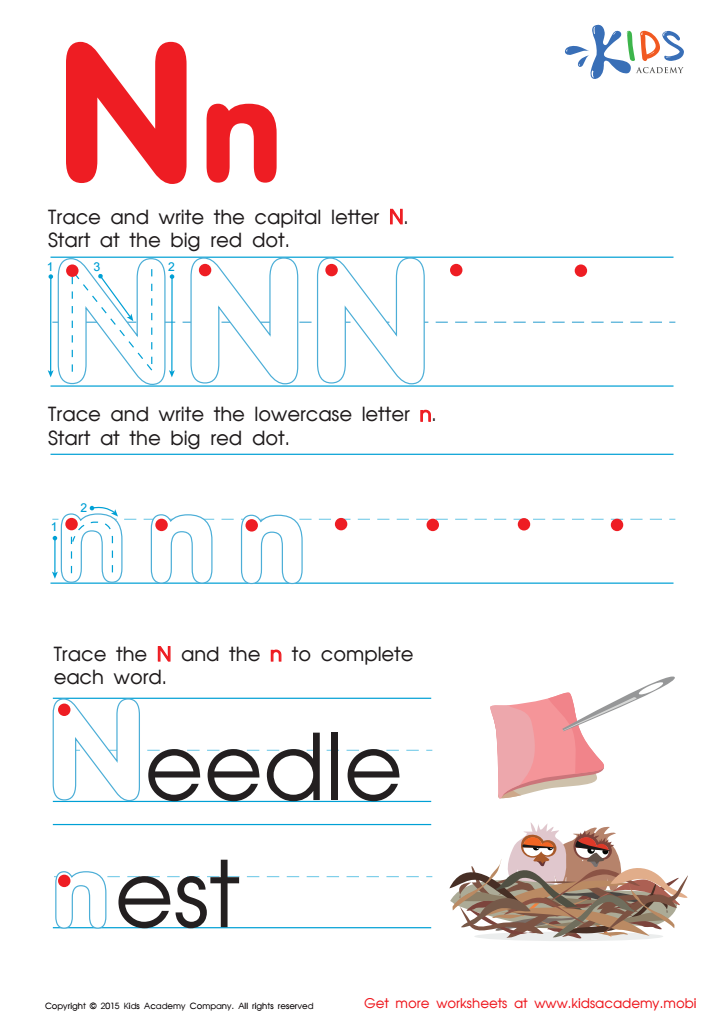

Letter N Tracing Page
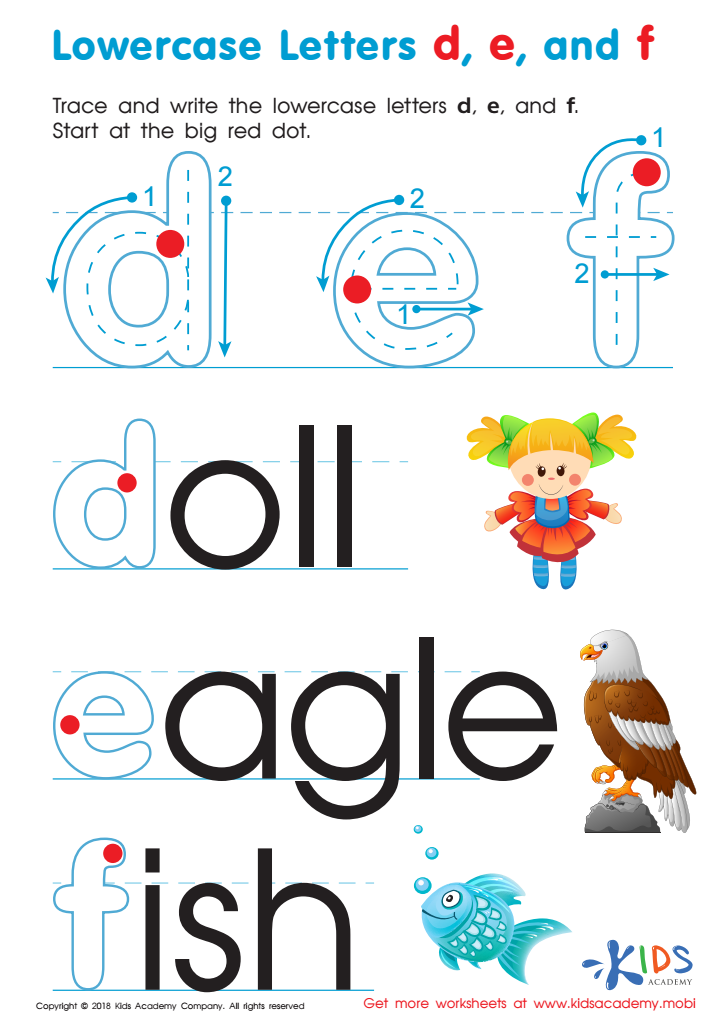

Lowercase Letters d e f Worksheet
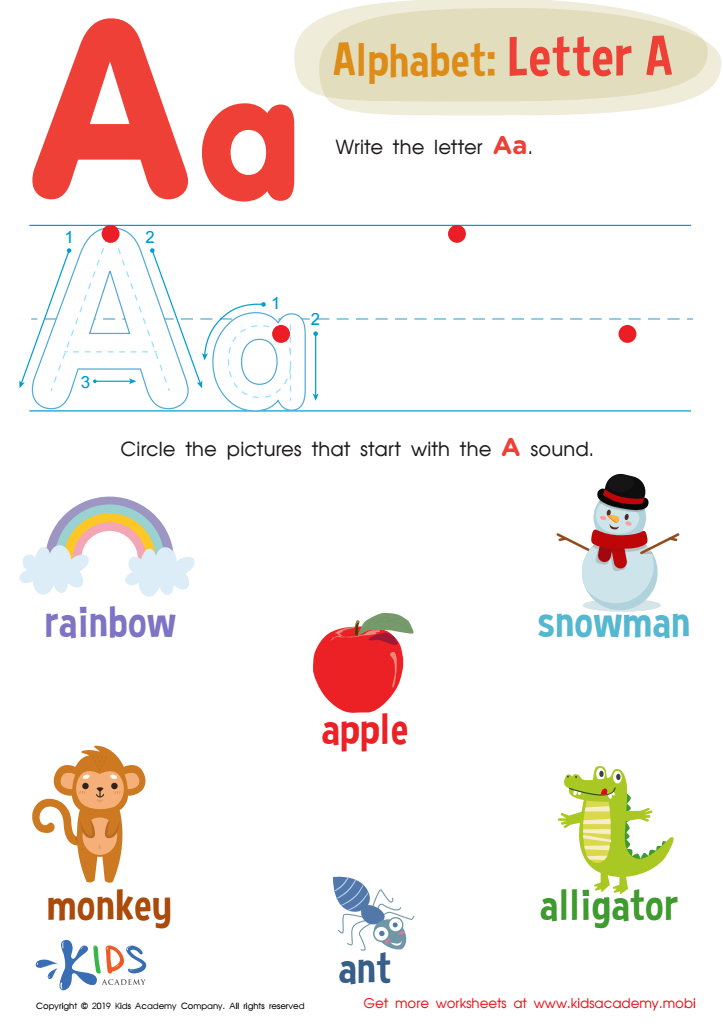

Letter A Tracing Worksheet
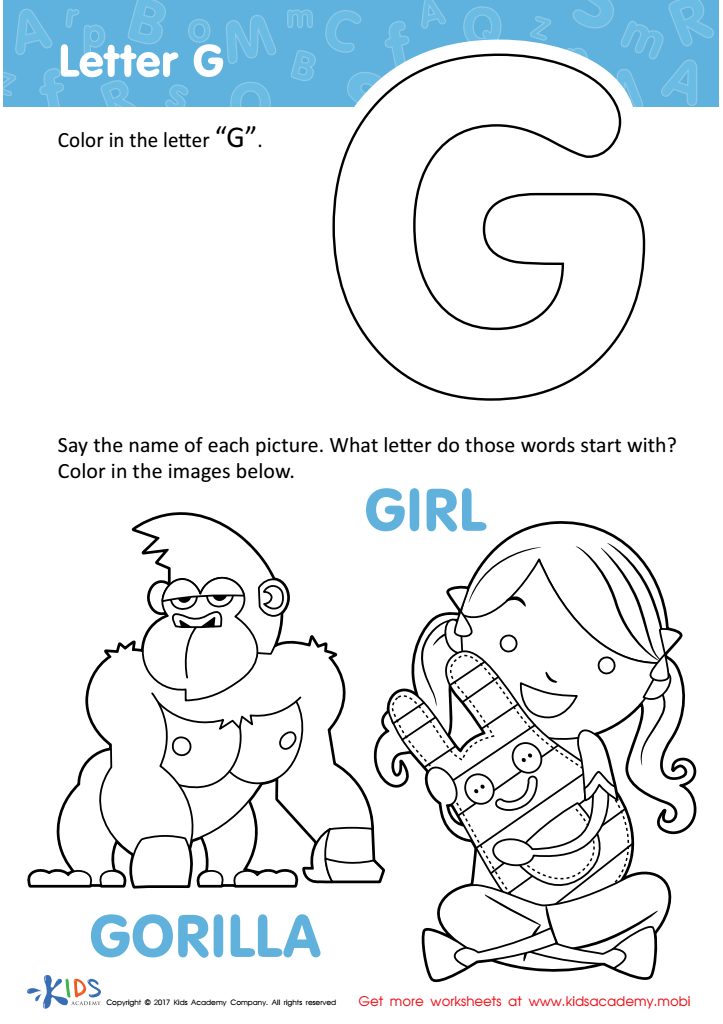

Letter G Coloring Sheet
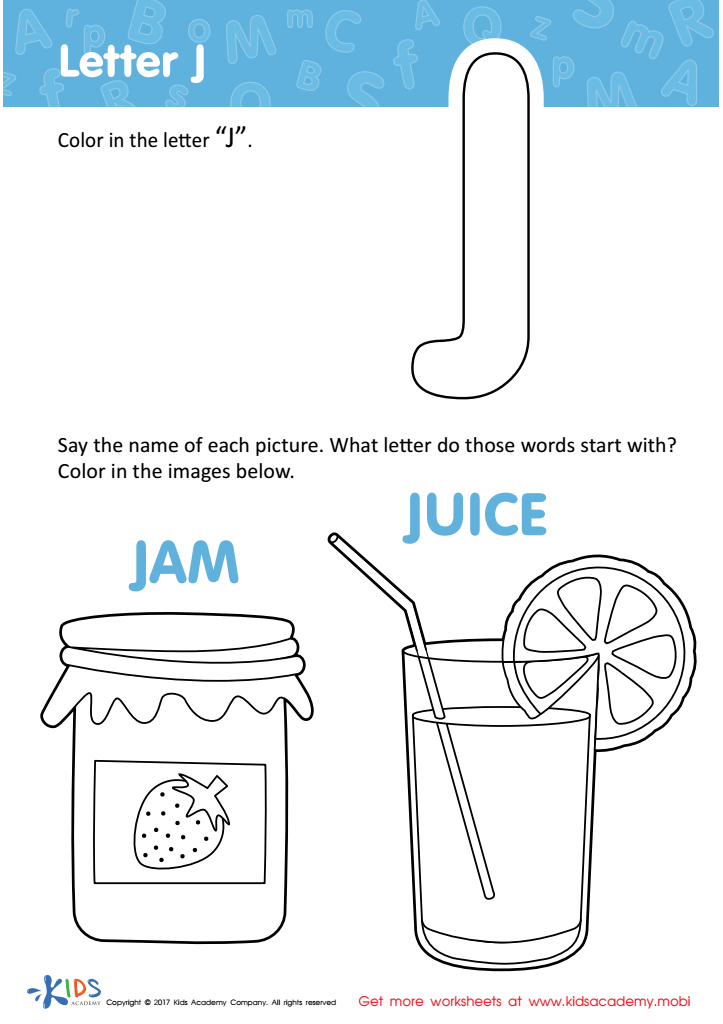

Letter J Coloring Sheet


Letter H Coloring Sheet
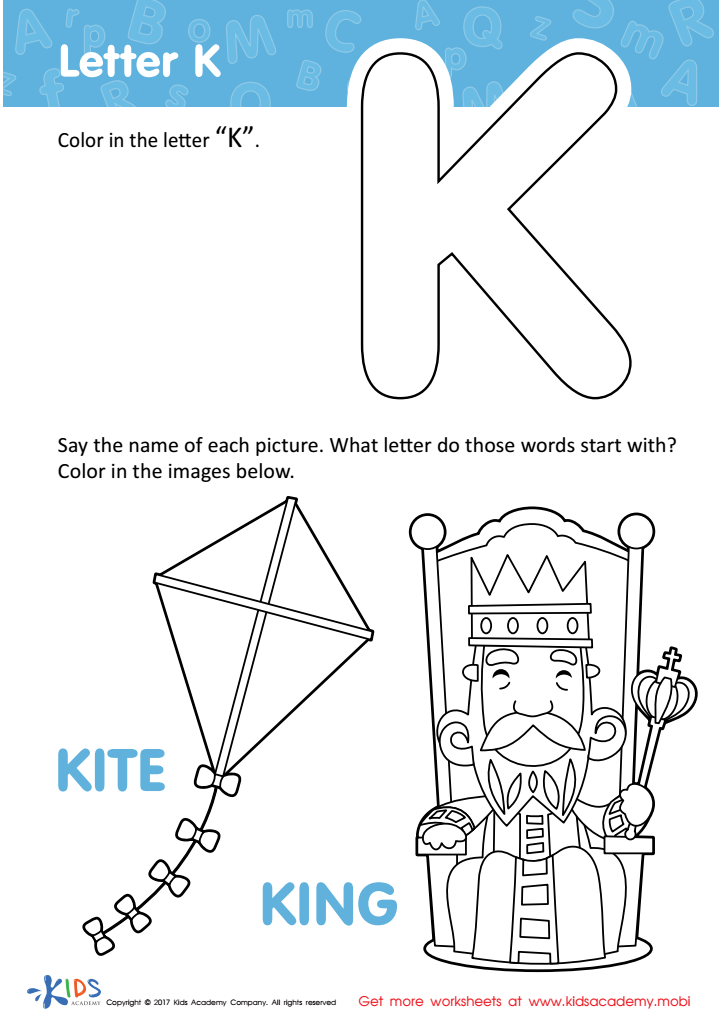

Letter K Coloring Sheet
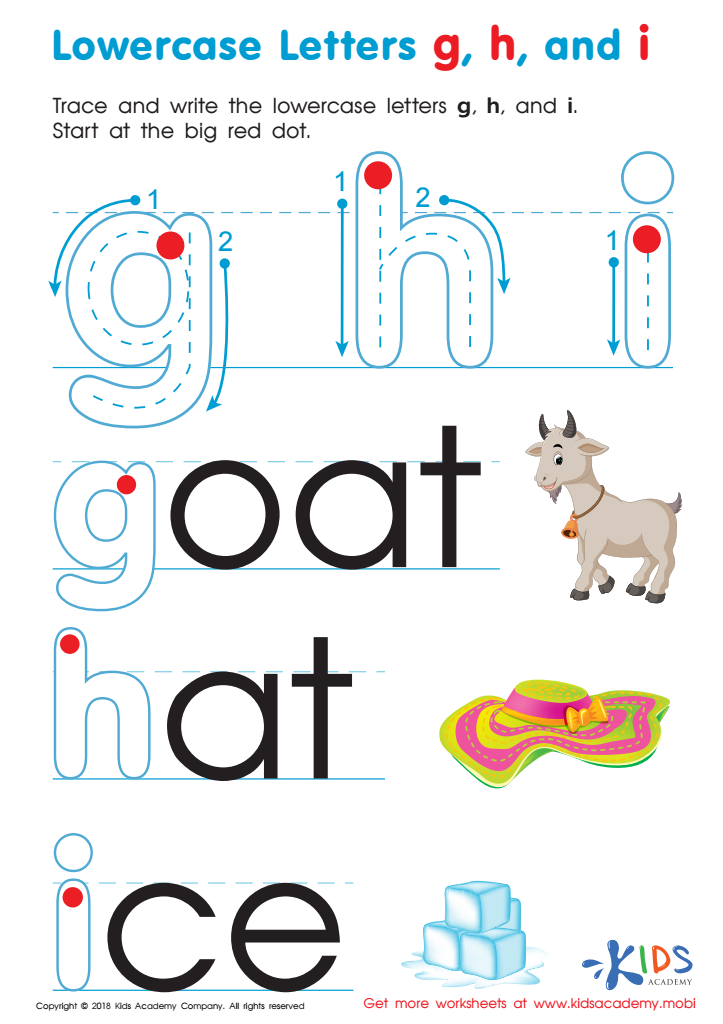

Lowercase Letters g h i Worksheet
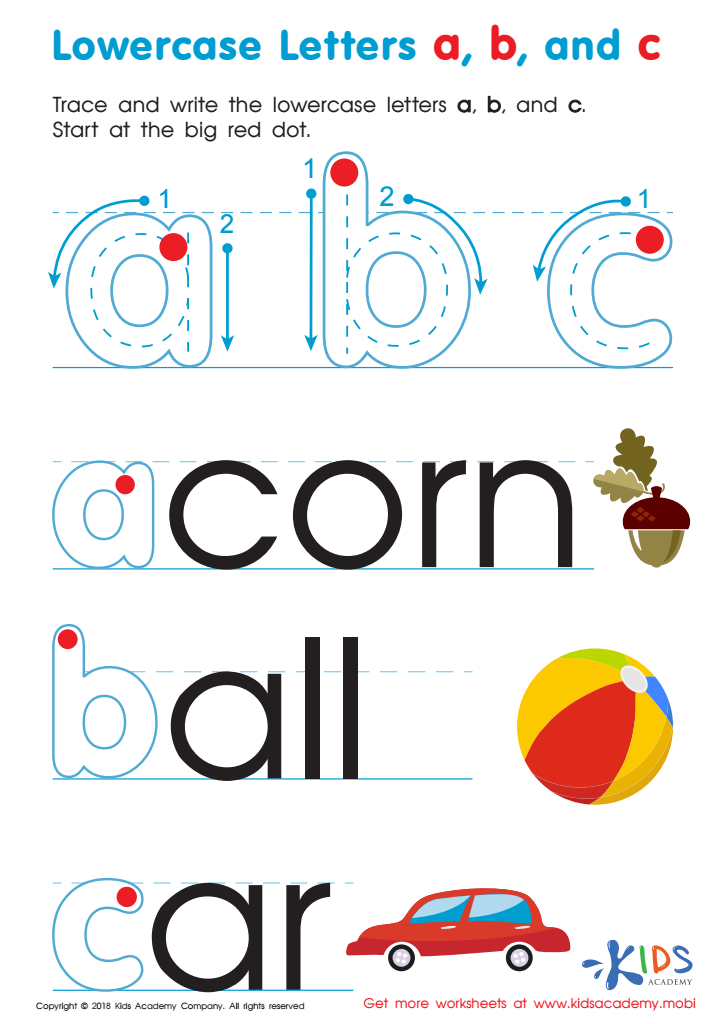

Lowercase Letters a b c Worksheet
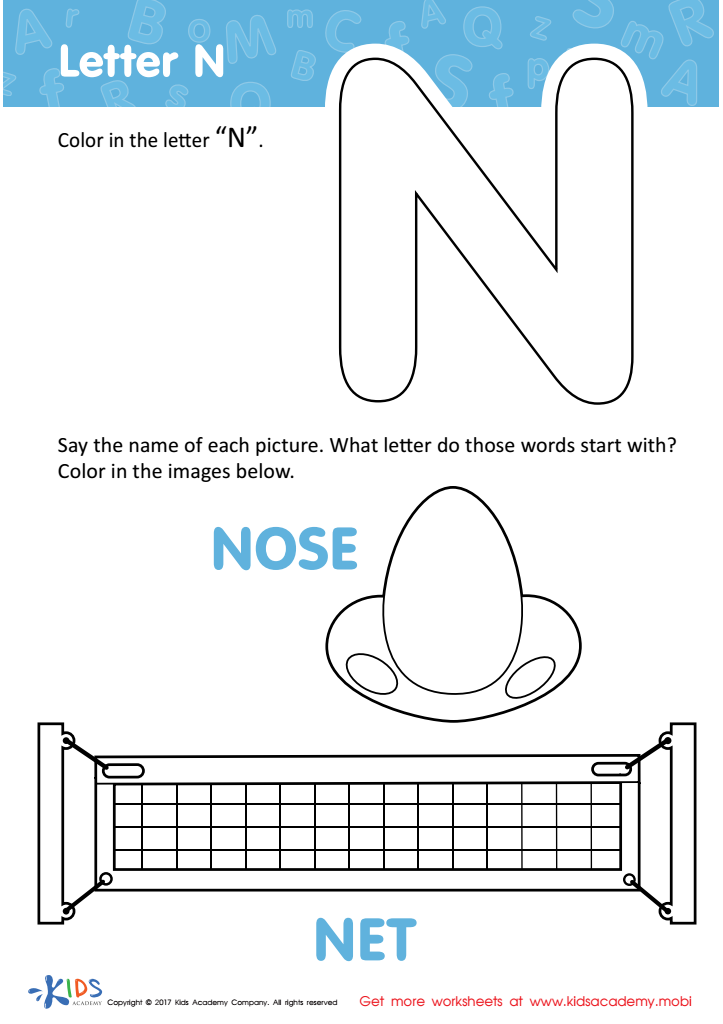

Letter N Coloring Sheet
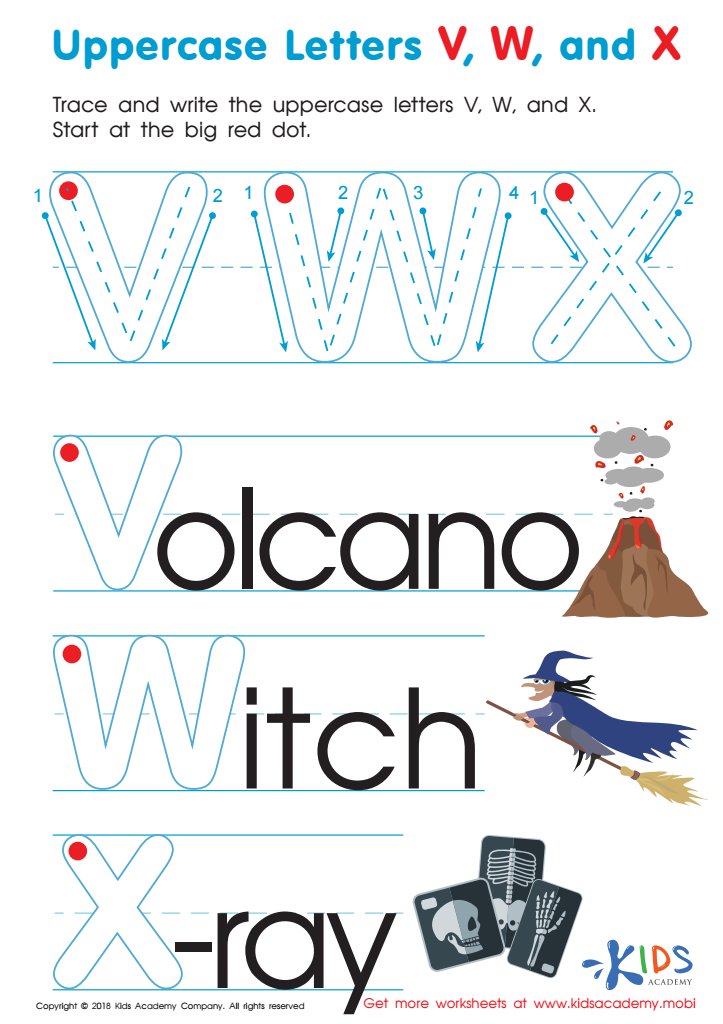

Uppercase Letters V, W, and X Worksheet
Handwriting practice and normal letter recognition for children aged 4-6 form the cornerstone of early literacy skills, crucial for their academic success and overall development. At this age, children's brains are highly receptive to learning new skills, including writing and recognizing letters.
Firstly, developing fine motor skills is vital; handwriting practice strengthens the small muscles in a child’s hands, improving dexterity and coordination. This, in turn, facilitates other everyday activities requiring fine motor control, such as tying shoelaces or using utensils.
Secondly, the ability to recognize and properly form letters directly impacts a child's reading readiness. Recognizing letters by sight and sound lays the foundational competence needed for phonics, enabling children to decode words as they begin to read. This recognition fosters a smoother transition to reading fluently and comprehensively.
Furthermore, handwriting practice enhances cognitive connections in the brain. When children engage in forming letters, they stimulate mental processes crucial for cognitive development, including memory and concentration. These early literacy skills are pathways to success in all subject areas, given that proficient reading and writing are prerequisites across the curriculum.
Lastly, these skills instill a sense of achievement and confidence in children. Early success in handwriting and letter recognition sets a positive tone for learning, benefiting their educational trajectory and boosting self-esteem.
Prioritizing handwriting and letter recognition in early education provides a balanced development that equips young learners with essential skills for future academic and personal achievements.
 Assign to My Students
Assign to My Students















